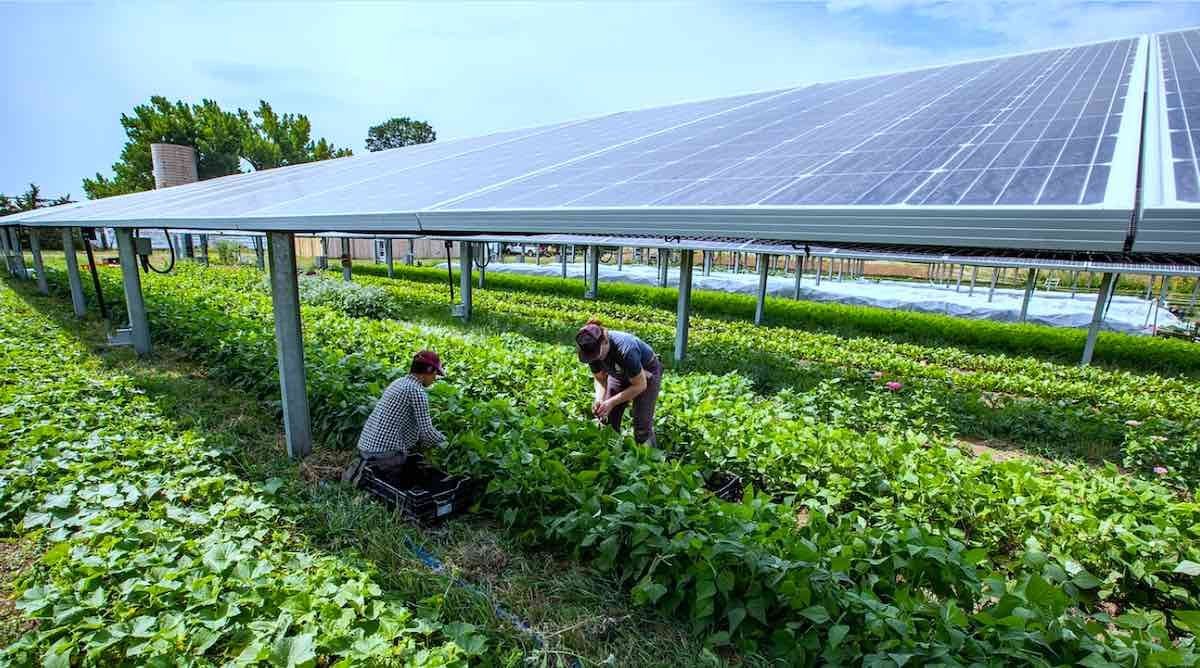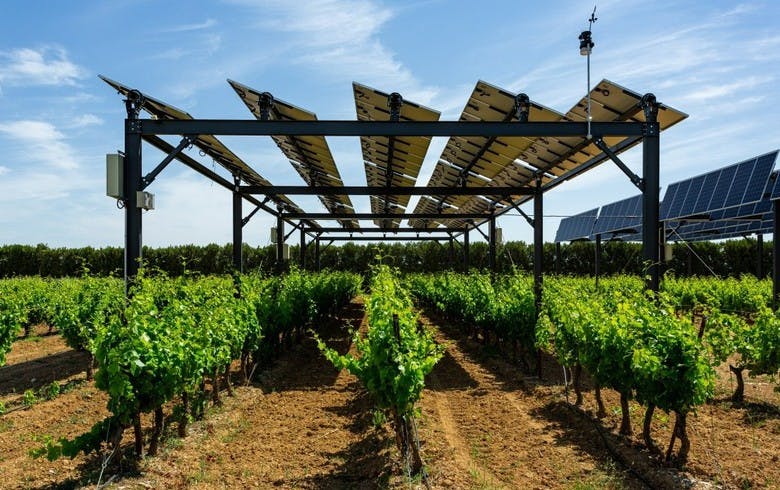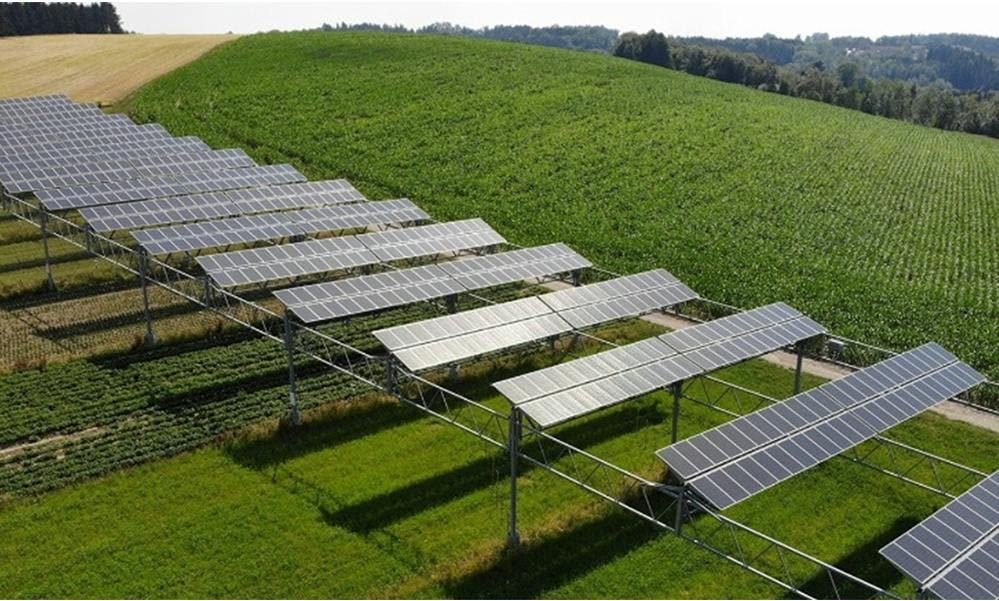R. Dr. Francisco Sá Carneiro
Zona Industrial de Bouro - Letra C
4740-010 Esposende, Portugal
Agrivoltaic Systems
Climate change is one of the greatest threats to the sustainability of the planet we live on today. The emission of greenhouse gases, whether from agriculture or fossil fuel consumption, are largely responsible for the aggravation of this problem.
There are several countries that, as a strategy to minimize these effects, have aligned the strategy of energy production, through renewable sources, along with a more sustainable agriculture.
And how to do this? Through agrivoltaic systems
Agrivoltaic power plants are more and more the subject on the table. This concept has positioned itself as an essential ally for the energy and ecological transition and as a reference for sustainability. Agrivoltaic solar plants are designed to have a low impact on the daily operations while offering positive benefits for the soil, ecosystem and the profitability of agriculture. Nowadays arable land, all land where the soil and climate are suitable for agriculture, is being used for the installation of photovoltaic plants. This makes the agrivoltaic solution combine the two elements in order to achieve sustainability of resources, both energy and agricultural.
What are agrivoltaic systems?
Agrivoltaic systems consist of combining photovoltaic solar energy production with agriculture. That means that on the same area there is agricultural production and energy generation from photovoltaic solar panels. The plants receive the right amount of light due to the positioning of the solar panels and the excess light is absorbed by the panels generating energy.
This system is seen as a cost-effective and sustainable factor for the soil. The agrivoltaic projects aim for maximum cohesion between solar energy and agriculture with the installation of solar panels on agricultural production land.
This new technology could then help offset the impact of extreme climate change by improving food production and reducing water use while generating energy.

Image by https://www.agritecture.com/
Is it possible to build solar plants that have a low impact on the soil?
A study published in the UK scientific journal Nature, explains that solar panels can create a cooling microclimate that improves conditions for various agricultural crops, potentially increasing their yield and productivity. The study concluded that the same cooldown effect can also improve the efficiency of solar panels.[1]
However, when designing an agrivoltaic project you need to keep in mind that these plants can present some challenges, such as:
1. Solar panels are going to have a higher rate of soiling due to factors such as dust, chemicals that are put on the farmland, other farms around, among other factors and this will contaminate your panels and make them dirtier much faster.
2. The height of installation, particularly in greenhouses or covered crops, is also a problem that you will have to deal with, especially during cleaning, as you will need long platforms or poles to clean in order to reach the panels. Usually in this type of plant there is also not much space between the panels, so keep in mind that during cleaning you will need specialized equipment to do this.
3. The use of cleaning solutions can be a good ally, but keep in mind that they need to be safe for the environment for plants and animals. Make sure your supplier has certifications that the product is harmless, otherwise it can create problems for your crops and the animals around.
[1]https://www.nature.com/articles/s41598-019-47803-3

Image by sonnenpark-wimpassing.at
ChemiTek’s solution for agrivoltaic cleaning: Solar Wash Protect
A product to optimize the cleaning of the panels, whilst protecting against unwanted contaminants, such as bird droppings, dust, tree’ sap, pollen, bees’ wax, etc. SWP is a pH neutral solution tested and tested for Solar by ÉMI-TÜV SÜD (member of the TÜV SÜD Group), as safe for solar panels, that is also biodegradable and environmentally friendly and does not affect fauna, flora, or water tables.
This concentrated product was specifically developed for cleaning and providing an antistatic protection to photovoltaic solar panels. It is effective in cleaning a wide range of organic soiling on the solar module. SWP's antistatic properties make future cleanings easier, keeping the panel cleaner between cleanings, and reducing cleaning time and water consumption by up to 50%.
Unique and innovative, this product gathers compliance letters from 12 of the 15 largest photovoltaic solar panel manufacturers in the world.
Do you have any suggestions or topics about the solar industry you would like to read here? Reach us by email!
